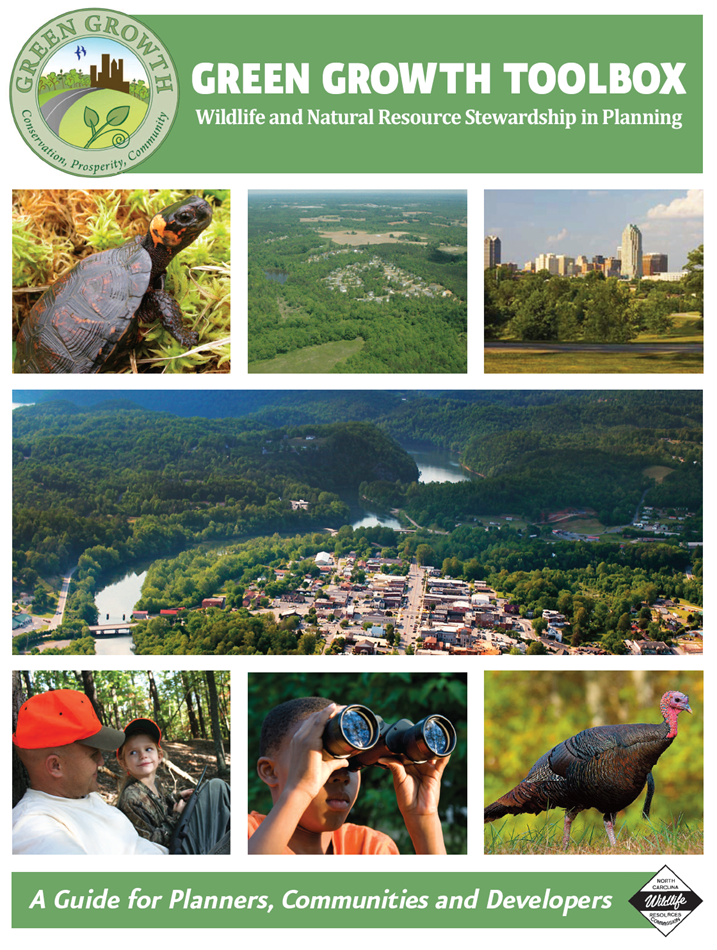The state Wildlife Commission is kicking off next week “Toolbox Tuesdays,” an online series highlighting conservation and nature-based solutions.

The free webinars held via Microsoft Teams are part of the commission’s Green Growth Toolbox, a guide with tools for growth that conserves wildlife and natural resources for counties, towns and cities.
Supporter Spotlight
The first webinar begins at 10 a.m. Tuesday and will be an “Introduction to the Green Growth Toolbox,” a look at what the toolbox is and why it is important to North Carolina counties, communities, local economies and the future of wildlife. Those interested should register online before the workshop.
Land use and transportation planners, planning consultants, zoning officials, local planning departments, landscape architects, planning board members, elected officials, GIS specialists and others interested in learning more about conservation-based land use planning, nature-based solutions, and their economic benefits are encouraged to join the free Toolbox Tuesdays virtual programs. Continuing education credits are available.
Watch: Overview Webinar on the Green Growth Toolbox
Webinars, all beginning at 10 a.m., will be one hour, including 15 minutes for questions and discussion. Organizers ask that participants register online before the webinars. The programs will be recorded and shared on www.ncwildlife.org/greengrowth.
Toolbox Tuesday schedule
- Introduction to the Green Growth Toolbox Nov. 9 and Nov. 23. What is the GGT and why is it important to NC counties, communities, local economies, and the future of our wildlife?
- Introduction to Conservation Data for Green Growth Dec. 14 and Jan. 11. Explore maps related to wildlife habitat conservation and land use planning and the NC Natural Heritage Data Explorer. This is the first of two webinars on conservation data.
- In-Depth Conservation Data for Green Growth Feb. 8. This is the second of two webinars on conservation data. Please attend or watch the recorded webinar on an Introduction to Conservation Data for Green Growth first. In this in-depth version you will learn more about the NC Natural Heritage Data Explorer and an introduction of how to integrate wildlife habitat maps and data into plans, ordinances, and development review.
- Green Planning Feb. 22. Integrating habitat conservation maps, goals, and strategies into land use planning; this session will highlight case studies from all over the state.
- Greening Incentives & Ordinances March 8. Looking at barriers and opportunities for incentive-based habitat conservation through ordinances.
- Green Development Site Selection, Design, & Review March 22. Choosing development areas that have less impact on wildlife habitat, incorporate wildlife habitat corridors into development design, and review.







